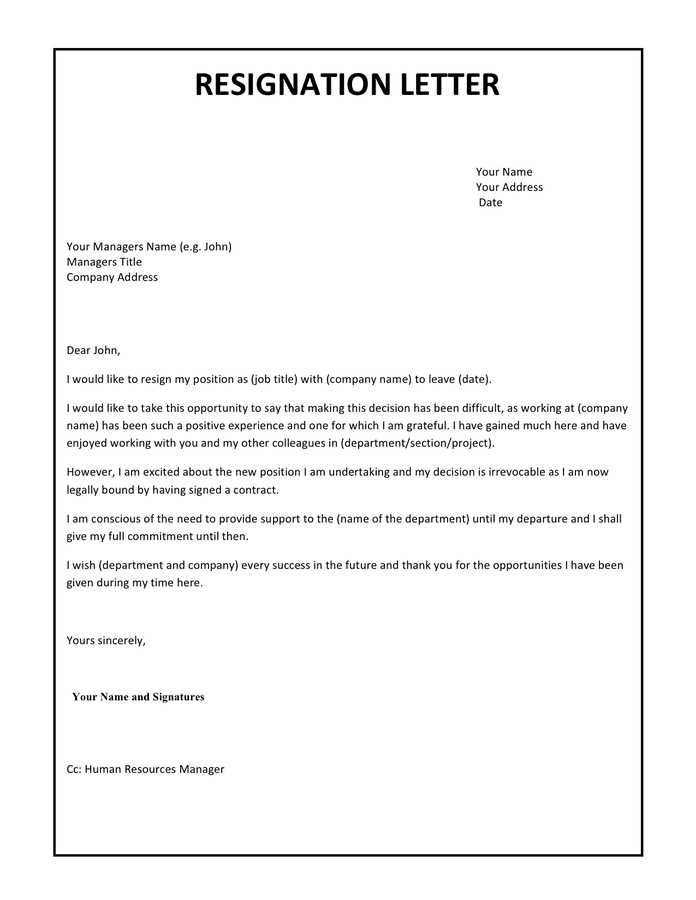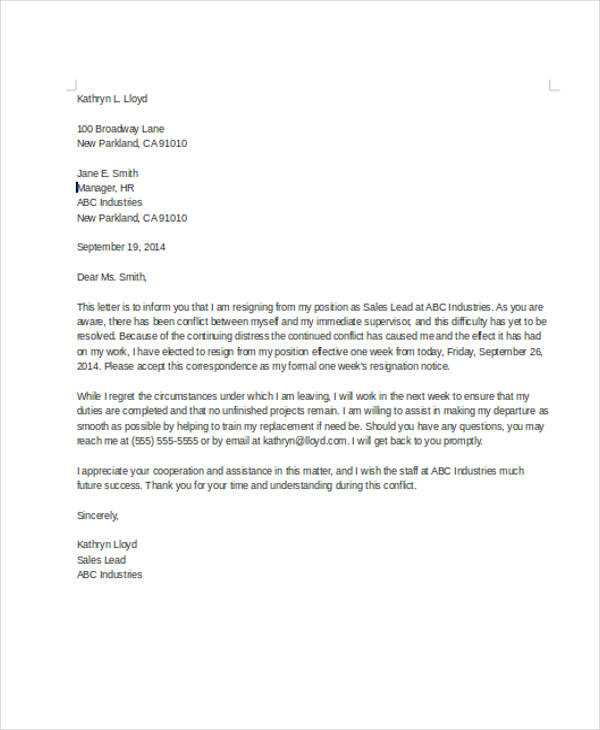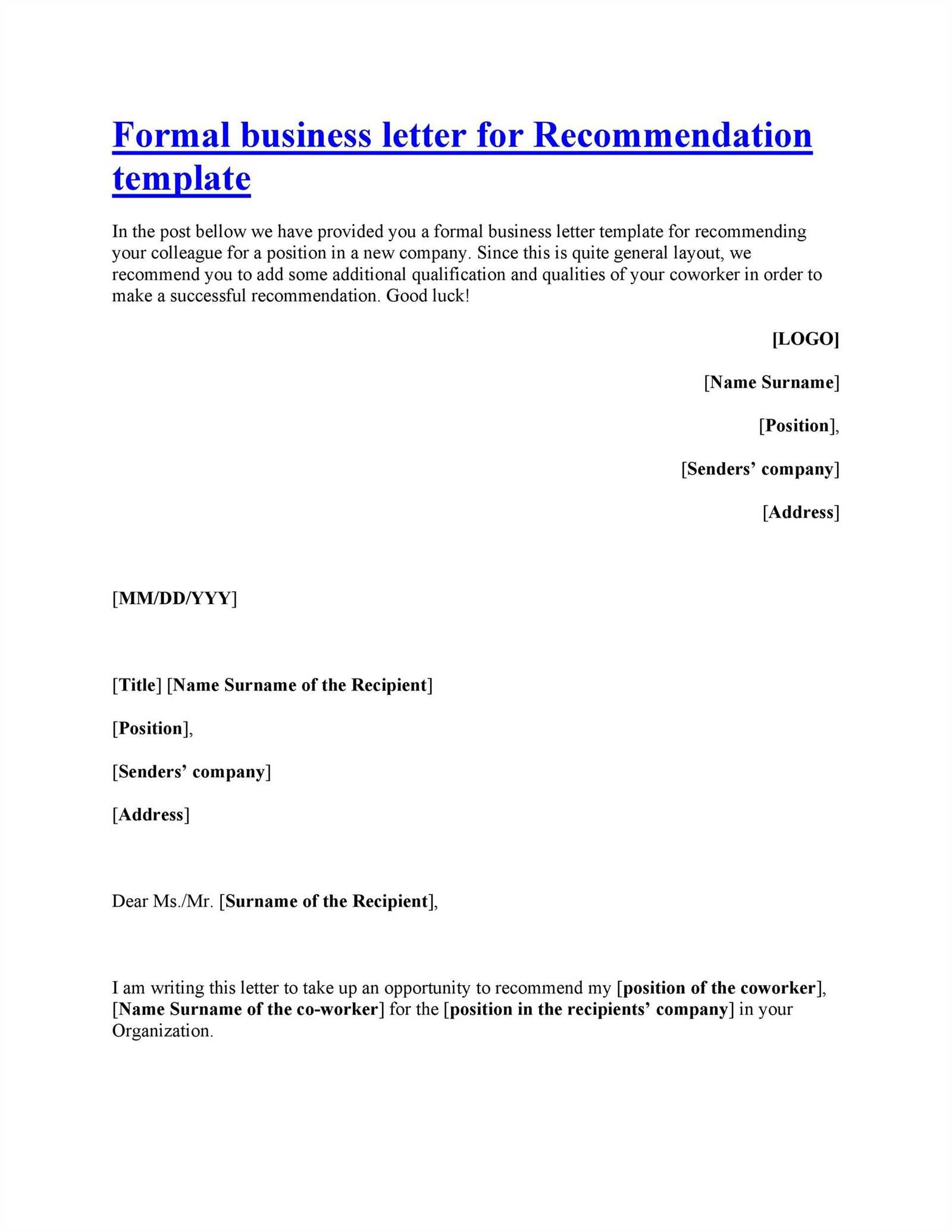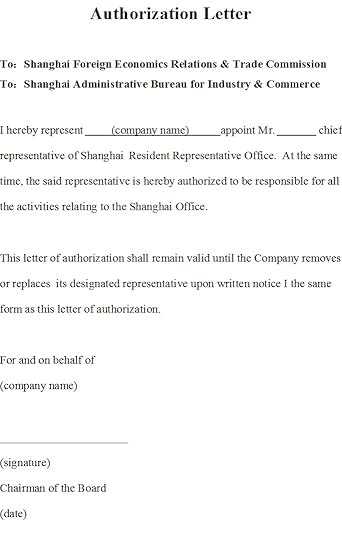Redesignation Letter Template for Professional Use

In any organization, it becomes necessary to formally acknowledge an employee’s shift in duties or position. This process ensures clarity in communication and provides a record of the transition. A well-crafted formal communication allows both the employer and the employee to clearly understand the changes being made to the job responsibilities, title, and role expectations.
Key Elements of a Professional Role Change Notice

When creating this type of formal notification, several key components should be included to ensure clarity and professionalism:
- Introduction: State the purpose of the change and the specific position the employee is transitioning to.
- Details of the Change: Clearly describe the new responsibilities, tasks, and expectations associated with the new position.
- Effective Date: Specify when the changes will take effect, allowing both parties time for adjustment.
- Expression of Support: Emphasize your confidence in the employee’s ability to succeed in the new role.
- Closing: Include an invitation for the employee to ask any questions or seek clarification, ensuring open communication.
Structure and Formatting Tips
Proper organization and clear presentation are essential. Begin with a brief introduction, followed by a detailed explanation of the role adjustments, and conclude with supportive remarks. Keep the tone professional, polite, and encouraging. The format should be neat, easy to read, and free from unnecessary jargon.
Common Mistakes to Avoid
- Vague language: Ensure that all descriptions of the new duties and expectations are specific.
- Omitting important dates: Be sure to include the effective date to avoid confusion.
- Lack of clarity in tone: Maintain a positive and respectful tone, focusing on the employee’s growth and potential.
When to Use This Type of Communication
Such formal notifications are typically used during role advancements, internal transfers, or when changes in job duties are required. It is essential for the employer to provide clear documentation during these moments to prevent any misunderstandings and ensure that both parties are aligned on the new expectations.
Ultimately, this formal document serves as an official record that not only informs the employee of their new role but also reinforces their value within the company. Ensuring that this communication is both clear and respectful can help foster a positive work environment and smooth transitions within the organization.
Understanding the Importance of Role Changes
When an employee transitions to a new position or takes on different responsibilities, it’s important to communicate this change clearly and formally. This ensures that both the employer and employee are aligned on expectations, job duties, and the timeline for the change. A formal notification not only confirms the update but also reinforces the employee’s value within the company. Clear communication fosters a positive transition and reduces misunderstandings.
Key Elements of a Role Transition Document

For any role shift to be effective, certain details must be included in the formal communication:
- Introduction: Clearly state the reason for the change and the specific position or duties the individual will assume.
- Details of the New Role: Outline the new responsibilities, job scope, and expectations that come with the role shift.
- Effective Date: Specify when the role change will officially take place, giving the employee time to adjust.
- Encouraging Support: Reaffirm the employee’s strengths and express confidence in their ability to succeed in the new position.
- Final Remarks: Invite the employee to seek clarification or ask questions, ensuring open communication.
How to Structure Your Professional Communication

Effective structure is key to ensuring your message is clear and professional. Begin with an introduction that states the purpose of the change, followed by detailed information about the new duties, and conclude with encouraging remarks. Maintain a positive, respectful tone throughout the message, and ensure that the content is organized in a logical flow, making it easy for the reader to follow.
Common Mistakes to Avoid in Role Change Notices
- Being too vague: Avoid unclear language that leaves room for confusion. Be specific about what the new role entails.
- Not providing dates: Include important dates such as the transition start date to help manage expectations.
- Overlooking tone: Even in a formal document, the tone should be positive and supportive, not detached or impersonal.
Best Practices for Sending a Professional Notification
It’s essential to send the notification in a timely manner, allowing both parties to prepare for the change. Ensure the document is well-written, free from errors, and addressed to the correct individual. It’s also important to follow up in person or via another form of communication to ensure that the message has been received and understood.
When to Issue a Formal Communication About a Role Shift
This formal document is typically issued when an employee is promoted, transferred, or when their job responsibilities change significantly. It’s important to issue such communications promptly after the decision is made, ideally before the new role officially begins, to provide clarity and avoid confusion.
Sample Structure for Various Role Changes
For different positions and transitions, the content of the document may vary. However, the core elements–clear job description, effective date, and positive tone–should remain consistent. Customizing the content according to the nature of the change helps ensure that the document serves its purpose in each unique situation.